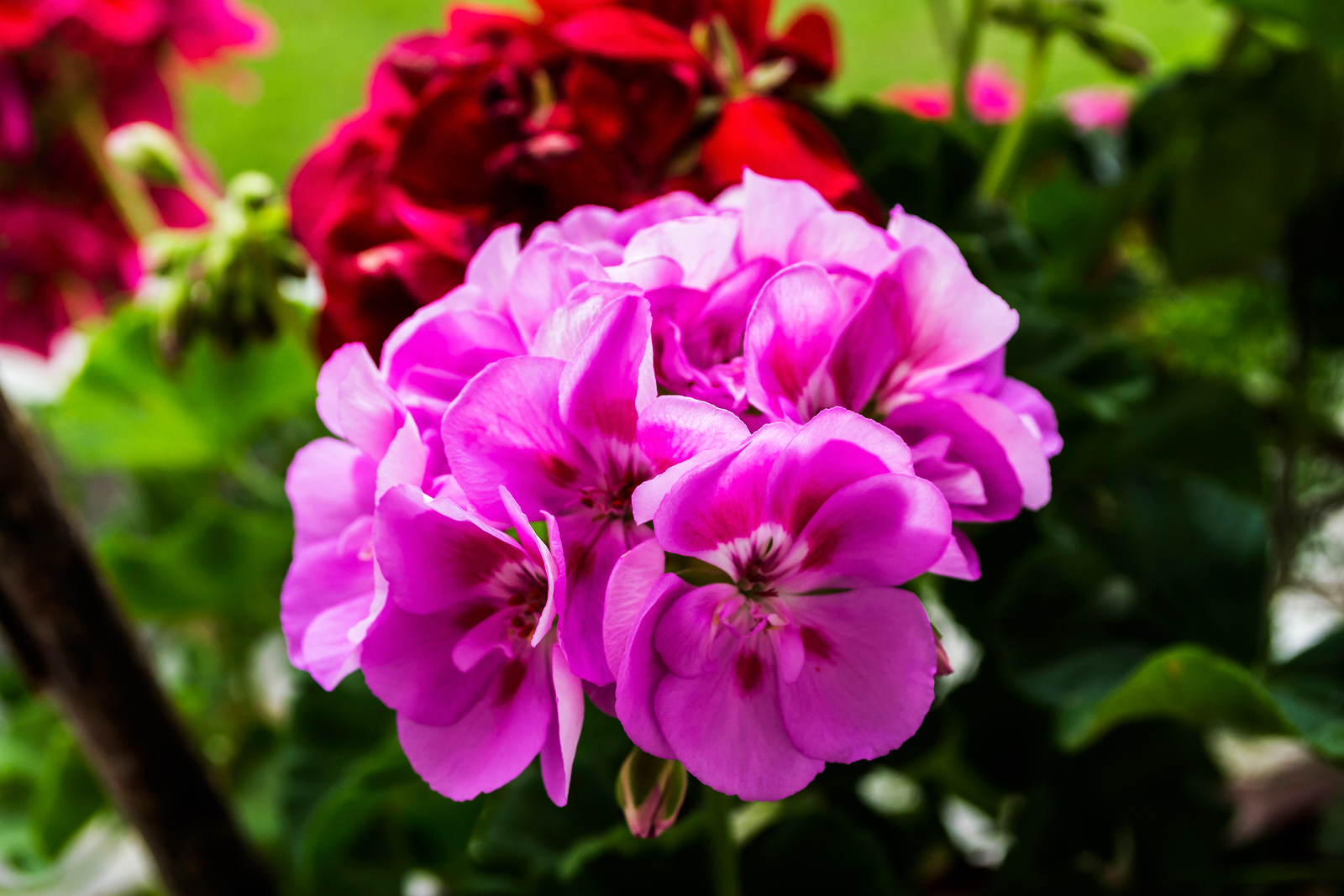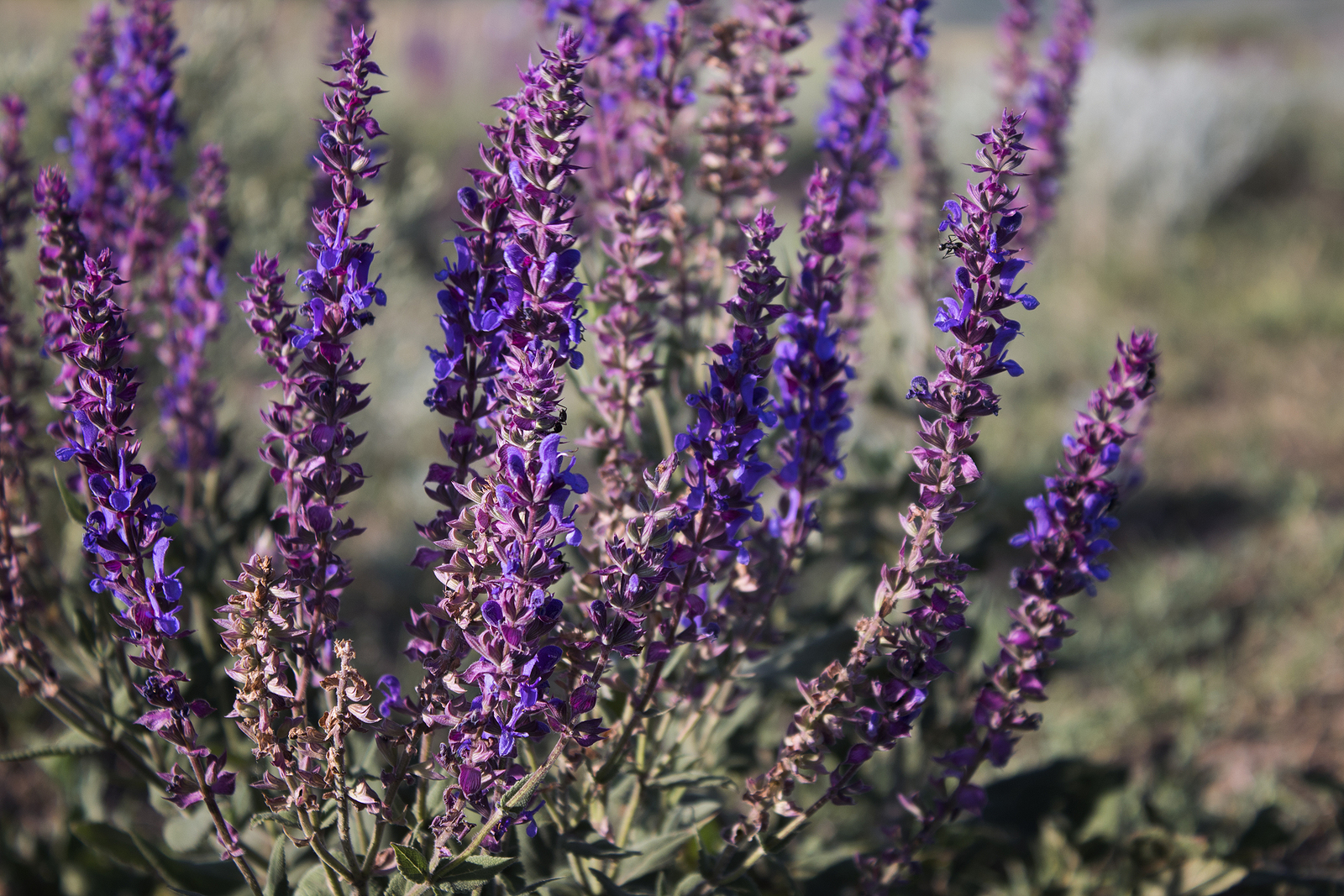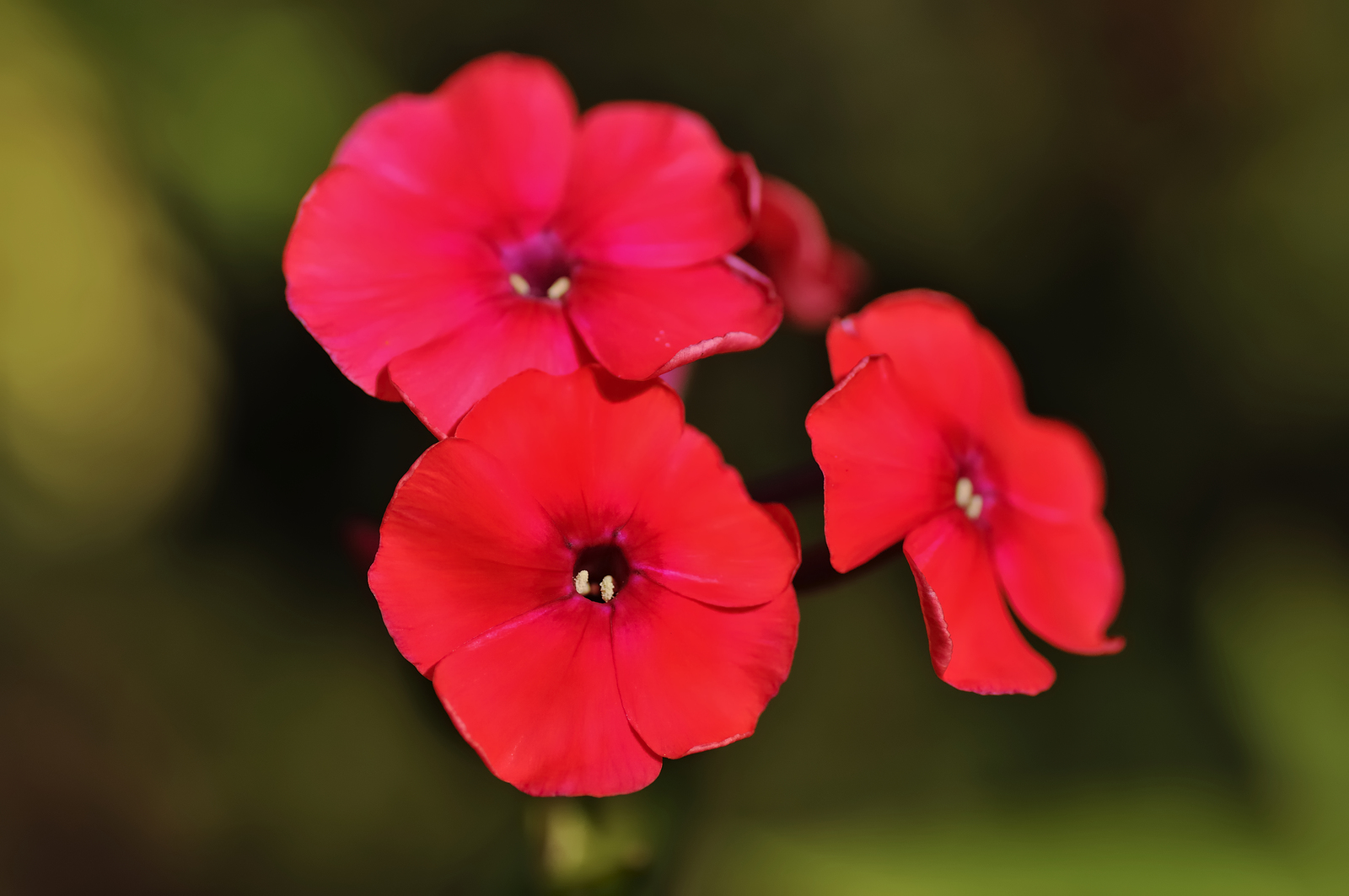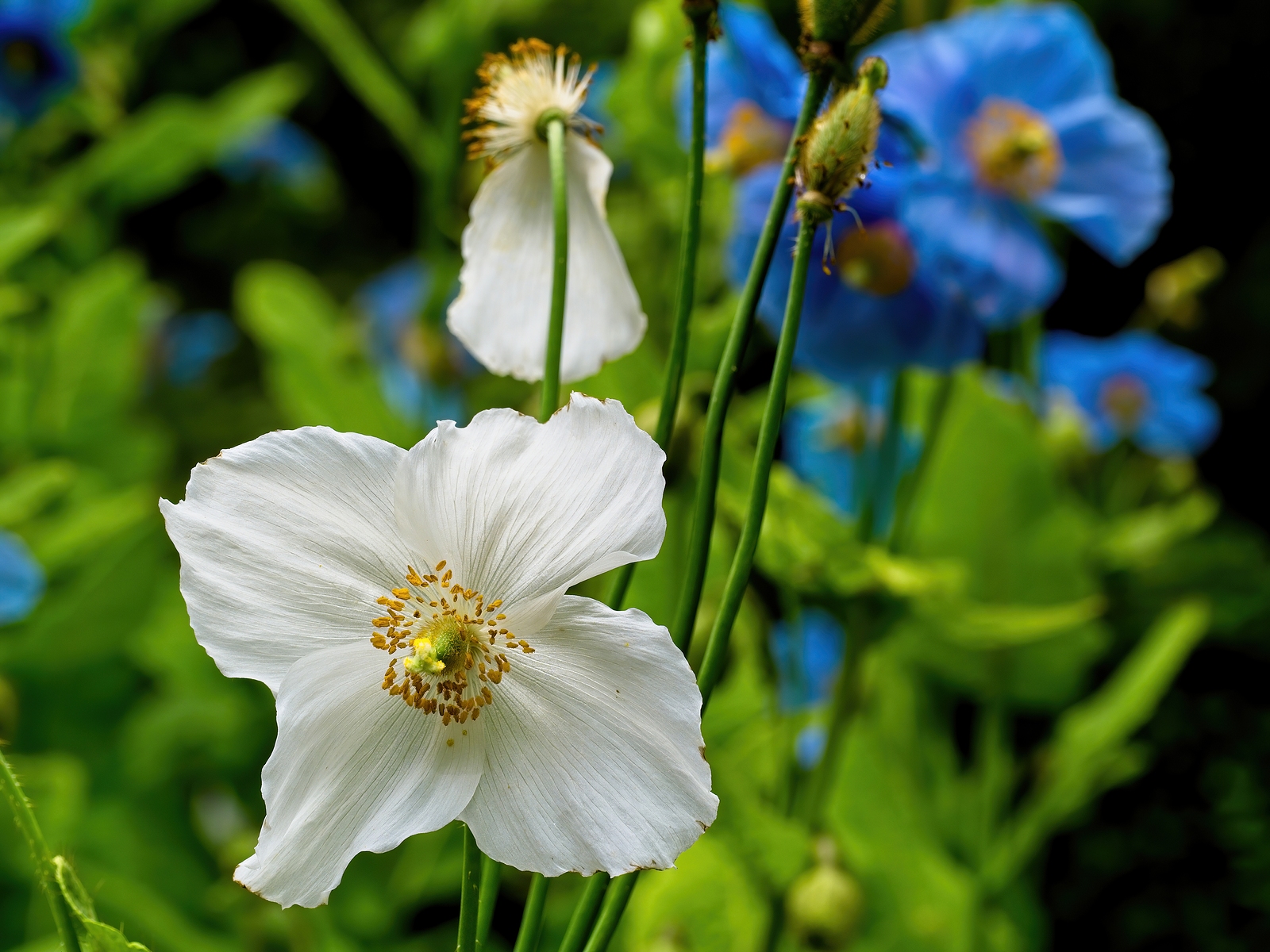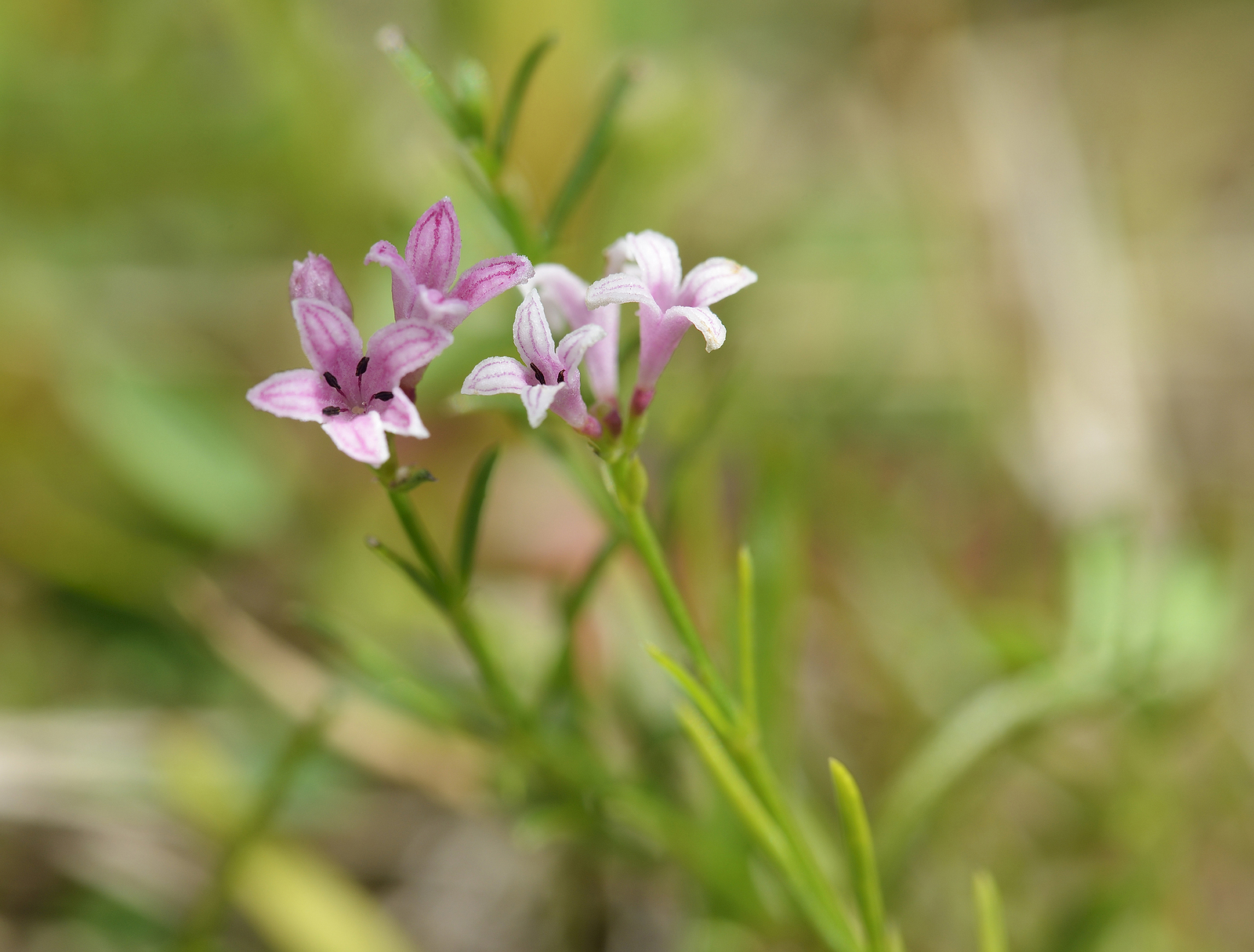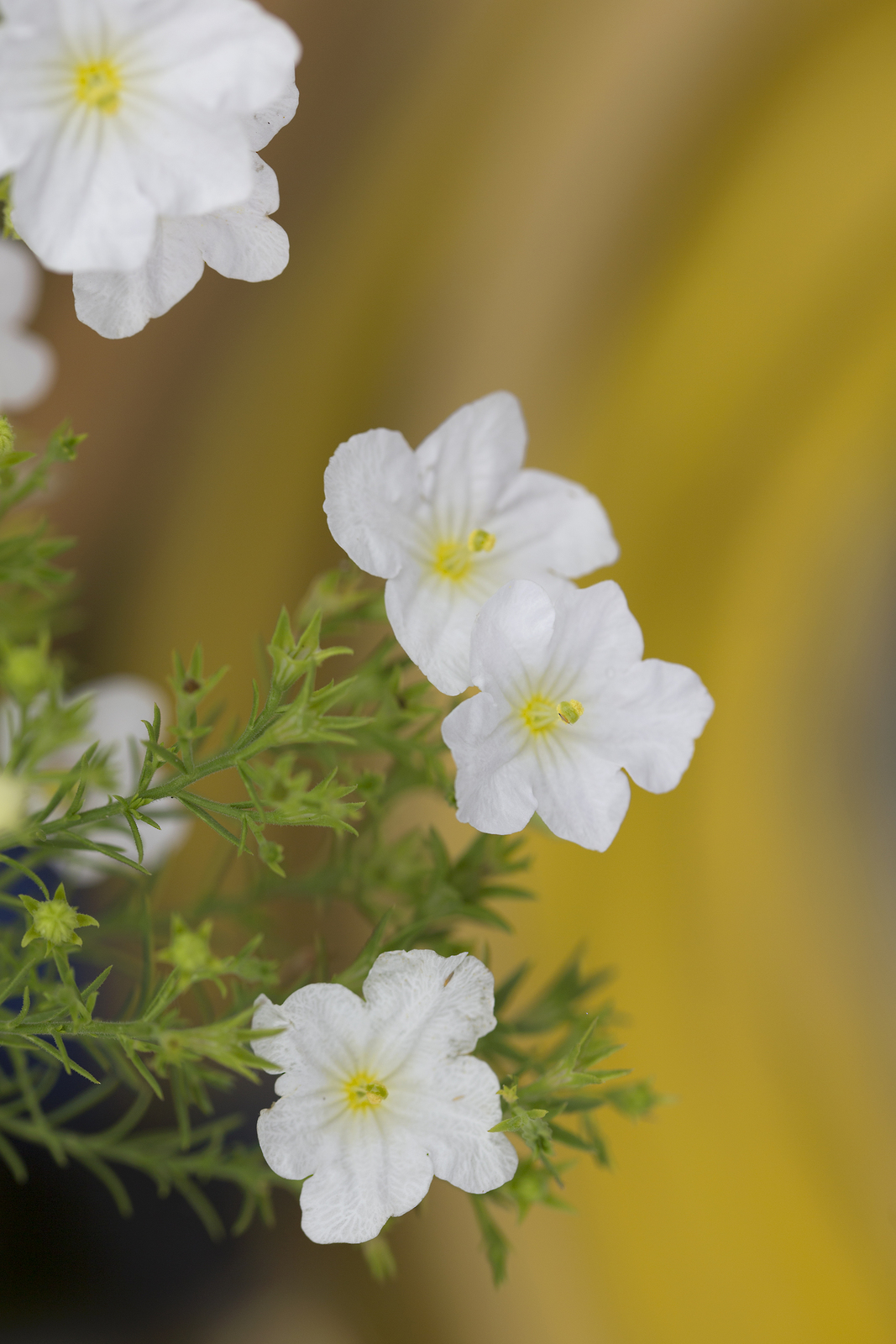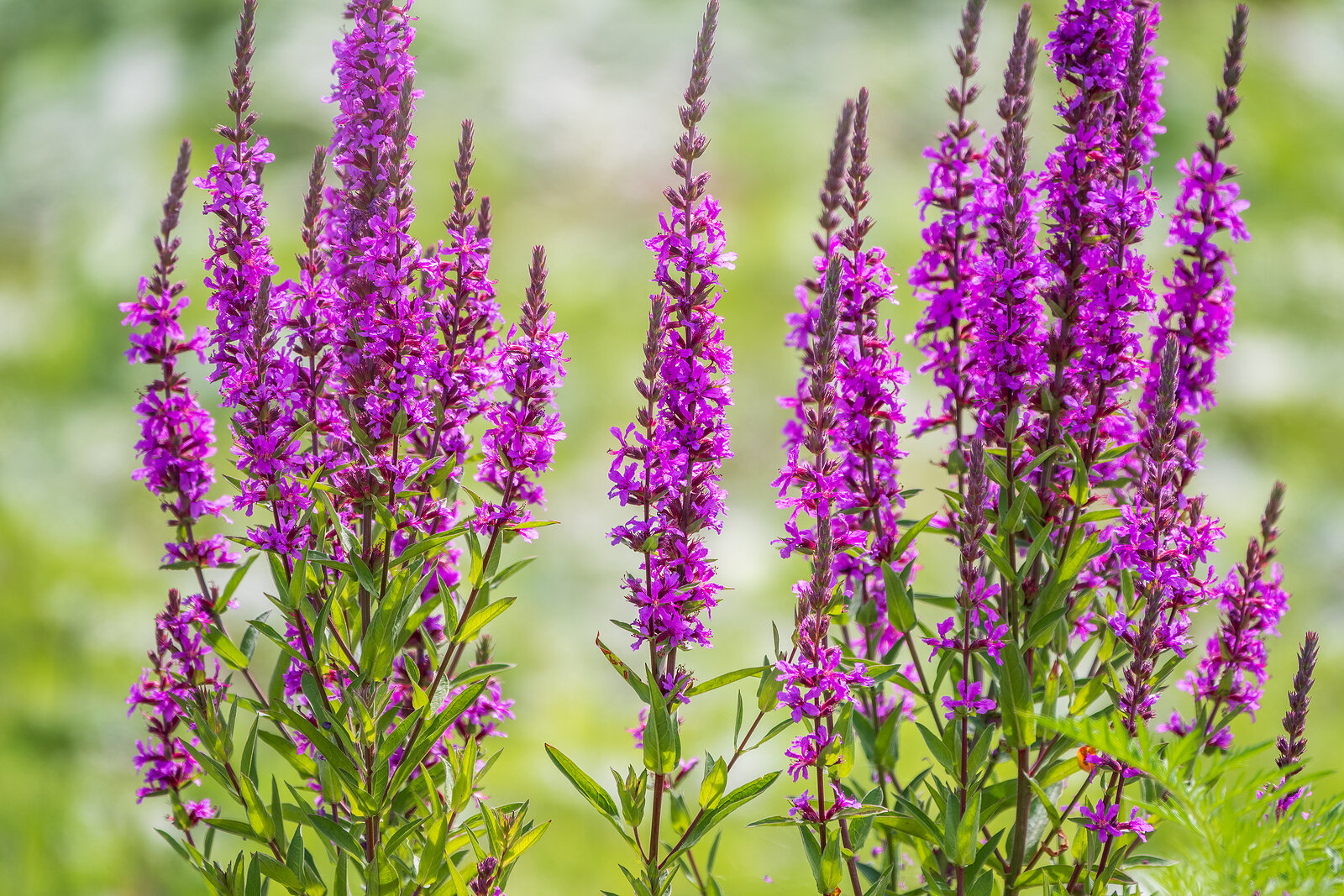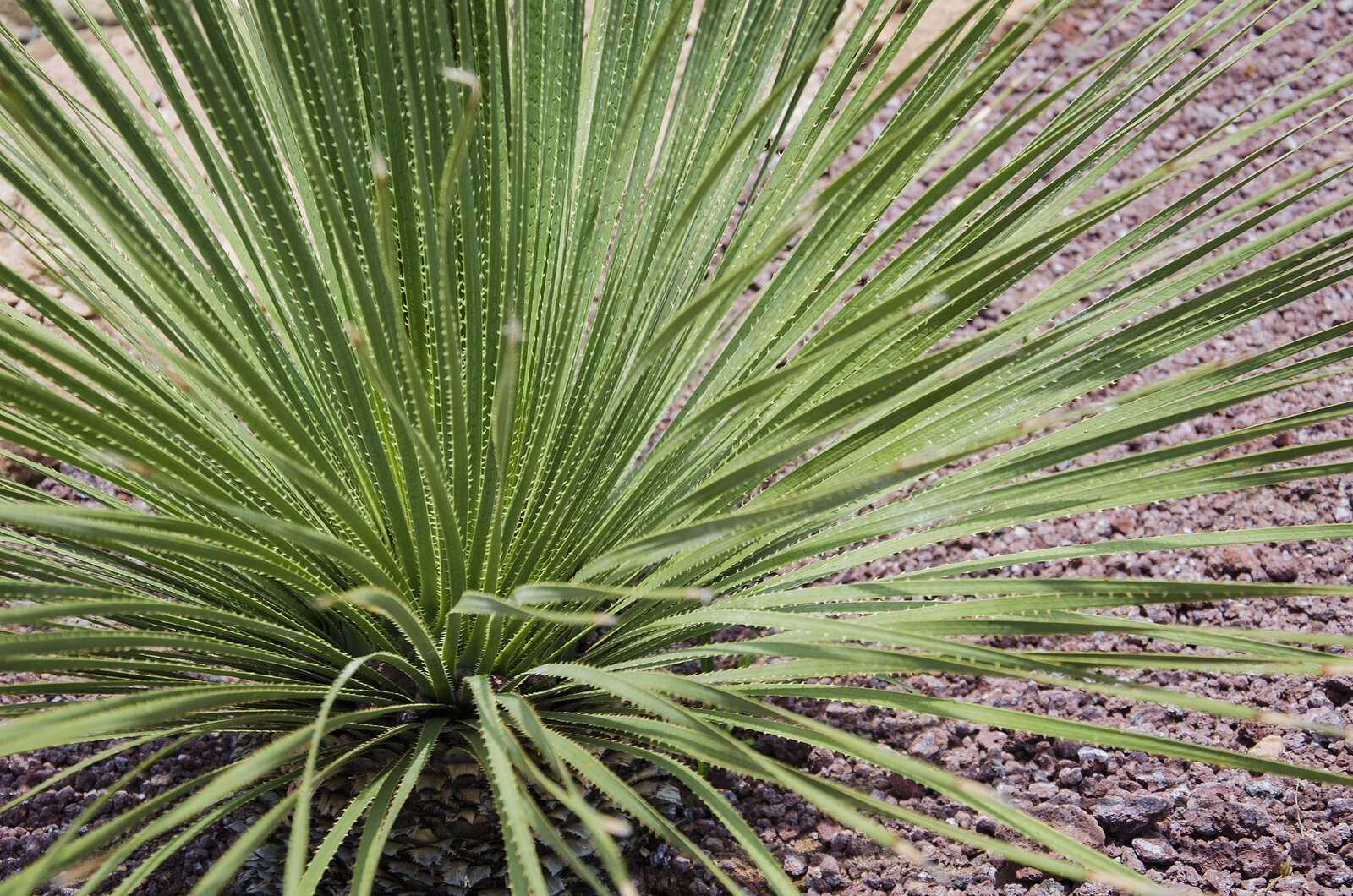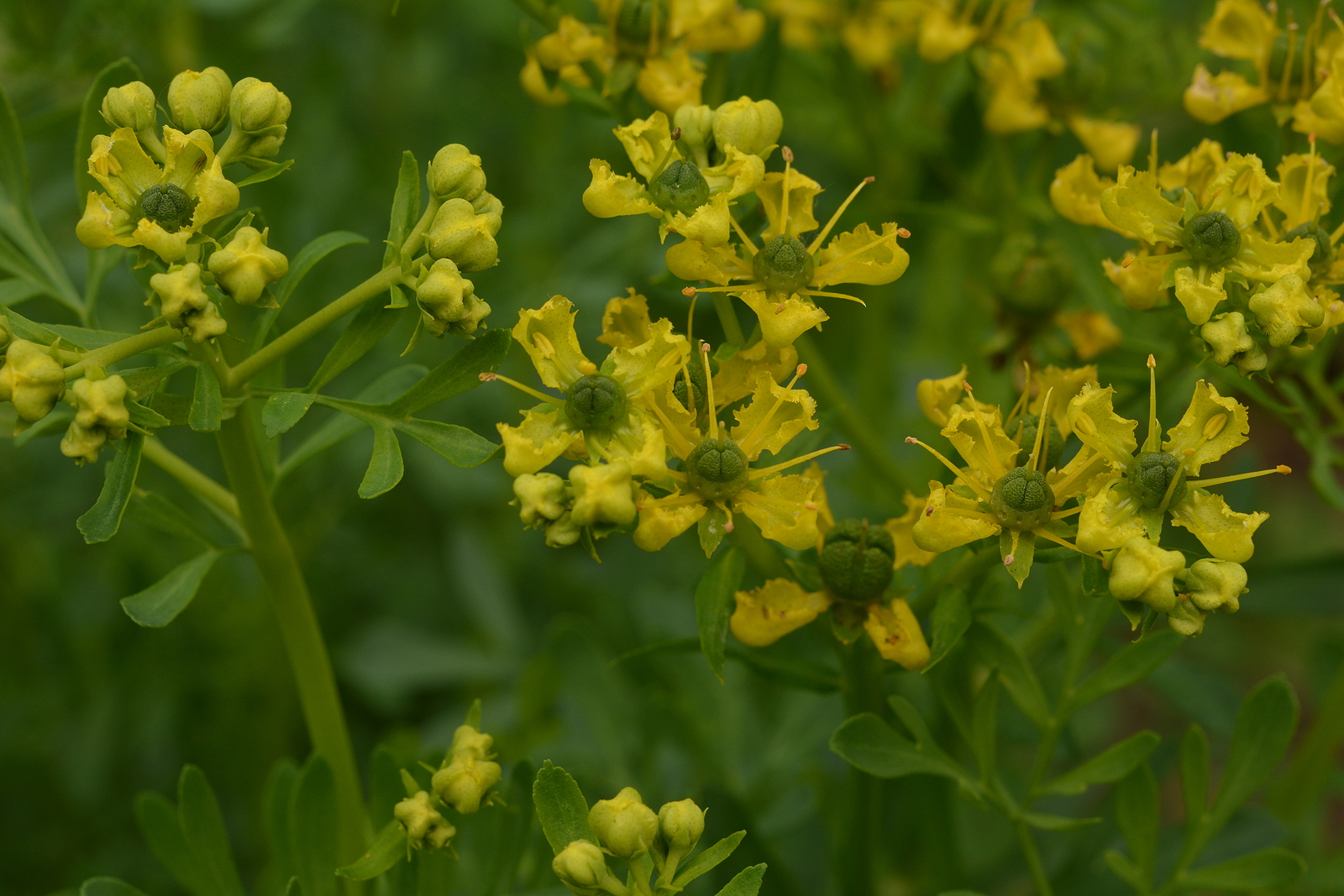Perenial Flowers
Latest stories
More stories
-
How to Grow Phlox
There are many types of phlox. All are known for their showy flower clusters. There are tall-growing phlox that can be used as border plants and there are dwarf-growing varieties that can be used in rock gardens and as edging plants along paths. Most phlox species are perennials; the annual species Phlox drummondii is perhaps […] More
-
How to Grow Meconopsis – Himmalayan Blue Poppy
Meconopsis, commonly known as the Himalayan Blue Poppy, is a breathtaking perennial known for its striking, true-blue flowers. This unique and enchanting plant, native to the high altitudes of the Himalayan region, is prized for its delicate, papery blooms that can range from deep blue to purple or white, depending on the species. While it’s […] More
-
How to Grow Coronilla – Crown Vetch
Coronilla, commonly known as crown vetch or scorpion vetch, is a beautiful, easy-to-grow perennial that brings vibrant color and delicate texture to the garden. Most commonly, Coronilla varia (crown vetch) and Coronilla glauca (glaucous scorpion vetch) are used in landscapes. With cheerful, pea-like blooms in shades of yellow, pink, or white, and a naturally spreading […] More
-
How to Grow Asperula – Woodruff
Asperula, commonly known as woodruff, is a delightful and low-maintenance perennial that can add charm to almost any garden. With delicate, star-shaped flowers, a lovely fragrance, and soft green foliage, asperula is prized as both a ground cover and companion plant. Some varieties, like Asperula odorata (sweet woodruff), are particularly famous for their sweet, hay-like […] More
-
How to Grow Bacopa — Sutera
Sutera–commonly called bacopa–forms a cascade of small white or pale pink blooms and green leaves. It flowers all summer if lightly watered and fed well. Bacopa is a spreading perennial grown as an annual. It trails over the sides of containers and window boxes. Bacopa is the common name for Sutera cordata which synonymous with […] More
-
How to Grow Cupflower — Nierembergia
Nierembergia–commonly called Cupflower–bears open cup- or bell-shaped, sometimes tubular white or light blue flowers in summer. It can be spreading or upright in form with alternate leaves. Nierembergia is usually grown as an annual; it is a perennial in mild-winter regions. Plants grow best where summers are cool. Where summers are hot, Nierembergia will need […] More
-
How to Grow Ratibida – Prairie Coneflower
Ratibida, commonly known as prairie coneflower or Mexican hat, is a hardy, drought-tolerant plant that is relatively easy to grow. Ratibida is a genus of flowering plants in the sunflower family (Asteraceae) that are native to North America. They are commonly known as coneflowers or prairie coneflowers. These plants have large, daisy-like flowers with drooping, […] More
-
How to Grow Lythrum – Loosestrife
Lythrum, commonly known as Loosestrife, is a genus of flowering plants that includes both perennial and annual species. The most well-known species is Lythrum salicaria, or Purple Loosestrife, which is admired for its tall spikes of pink to purple flowers and its long flowering season. Lythrum is a genus of flowering plants in the family […] More
-
How to Grow Dasylirion – Desert Spoon
Dasylirion is a genus of drought-tolerant, perennial plants native to the deserts of northern Mexico and the southwestern United States. These plants, commonly known as desert spoon or sotol, belong to the Asparagaceae family and are characterized by their striking, symmetrical rosettes of long, narrow, spiky leaves that radiate from a central base. The plants […] More
-
How to Grow Mazus
Mazus (Mazus reptans) is a low-growing, fast-spreading perennial ground cover that belongs to the Phrymaceae family. Native to the Himalayas and parts of Asia, it’s popular in gardens due to its ability to form a dense mat of foliage and its attractive flowers. It typically reaches only about 2 inches in height, but it can […] More
-
How to Grow Rue – Ruta
Rue is a herbaceous perennial subshrub plant that is typically grown for its aromatic foliage and small, yellow flowers. Rue is known for its strong, aromatic scent and bright yellow flowers. It typically grows to be about 2 to 3 feet tall and wide. The plant produces small, yellow flowers in clusters, which mature into […] More
-
How to Grow Cinquefoil – Potentilla
Potentilla, also known as cinquefoil, is a genus of hardy perennial and shrub plants that can thrive in various growing conditions. The genus contains about 500 species. All bear five-petaled, cup- or saucer-shaped flowers in shades of yellow, orange, red, pink, or white. Potentilla species vary in size and habit; some grow as low-growing ground […] More

